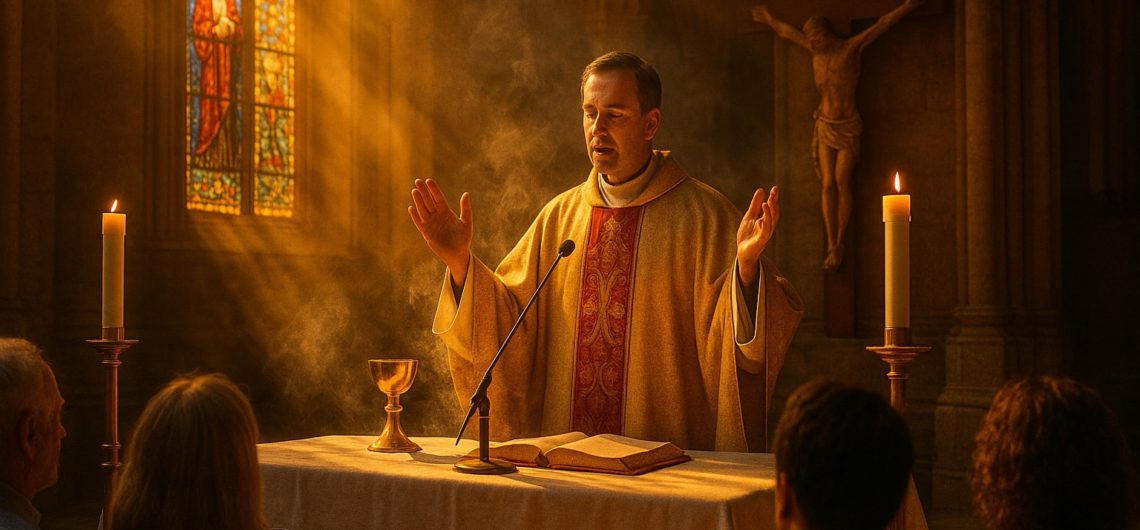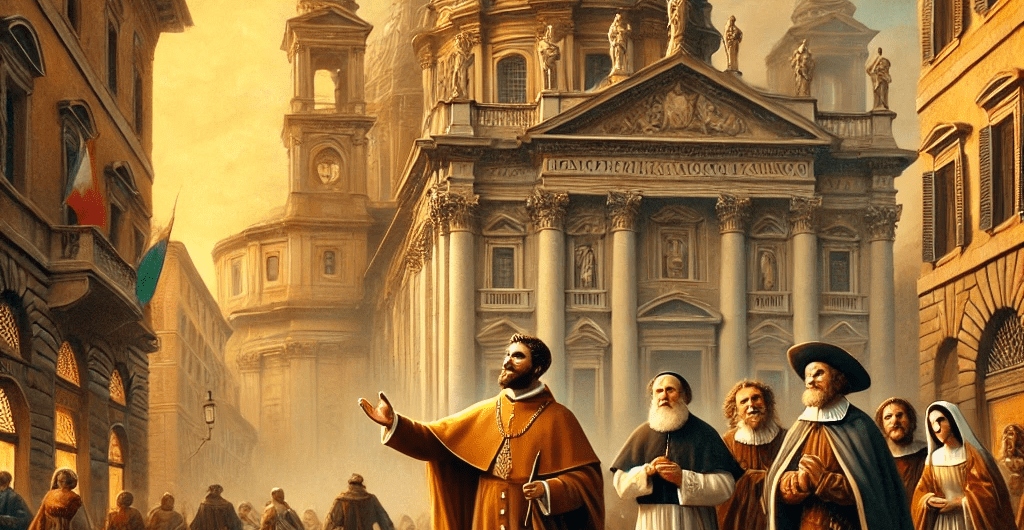Although there are various forms of public transport in Rome including underground rail, above ground trains, trams, buses and taxis, this article delves into using the underground rail network called the Metro in Rome. Rome, the Eternal City, is a bustling metropolis that offers visitors a treasure trove of historical and cultural wonders. While many of its attractions can be reached on foot, the Rome Metro, or Metropolitana di Roma, is an efficient and convenient way to navigate the city. This guide will provide you with valuable information on how to take the Metro in Rome, ensuring that your journey through this historic city is smooth, enjoyable and memorable. The Rome Metro doesn’t cover much of the city but it is the fastest and cheapest way to travel. Photo by Marco Chilese. Understanding Rome's Metro System Rome's Metro system is relatively young compared to other European cities, with its first line, Line A (Orange Line), opening in 1980. Since then, the network has expanded to include three lines: Line A, Line B (Blue Line), and Line C (Green Line). The Metro in Rome is managed by ATAC (Azienda per la Mobilità), the city's public transportation company. Each line is colour-coded, making it easy to identify and navigate the system. Line A (Orange Line) Line A connects the northwest and southeast of Rome, passing through some of the city's most iconic landmarks including the Vatican City, the Spanish Steps and the Trevi Fountain. Line A's stations are named after famous Roman sites, adding a touch of history to your journey. Line B (Blue Line) Line B runs from the northeastern suburbs to the southwest of Rome, stopping at Termini Station, one of the city's main transportation hubs. It's a great way to access attractions like the Colosseum, Roman Forum, and Circus
Although there are various forms of public transport in Rome including underground rail, above ground trains, trams, buses and taxis, this article delves into using the underground rail network called the Metro in Rome.
Rome, the Eternal City, is a bustling metropolis that offers visitors a treasure trove of historical and cultural wonders. While many of its attractions can be reached on foot, the Rome Metro, or Metropolitana di Roma, is an efficient and convenient way to navigate the city. This guide will provide you with valuable information on how to take the Metro in Rome, ensuring that your journey through this historic city is smooth, enjoyable and memorable.
The Rome Metro doesn’t cover much of the city but it is the fastest and cheapest way to travel.





